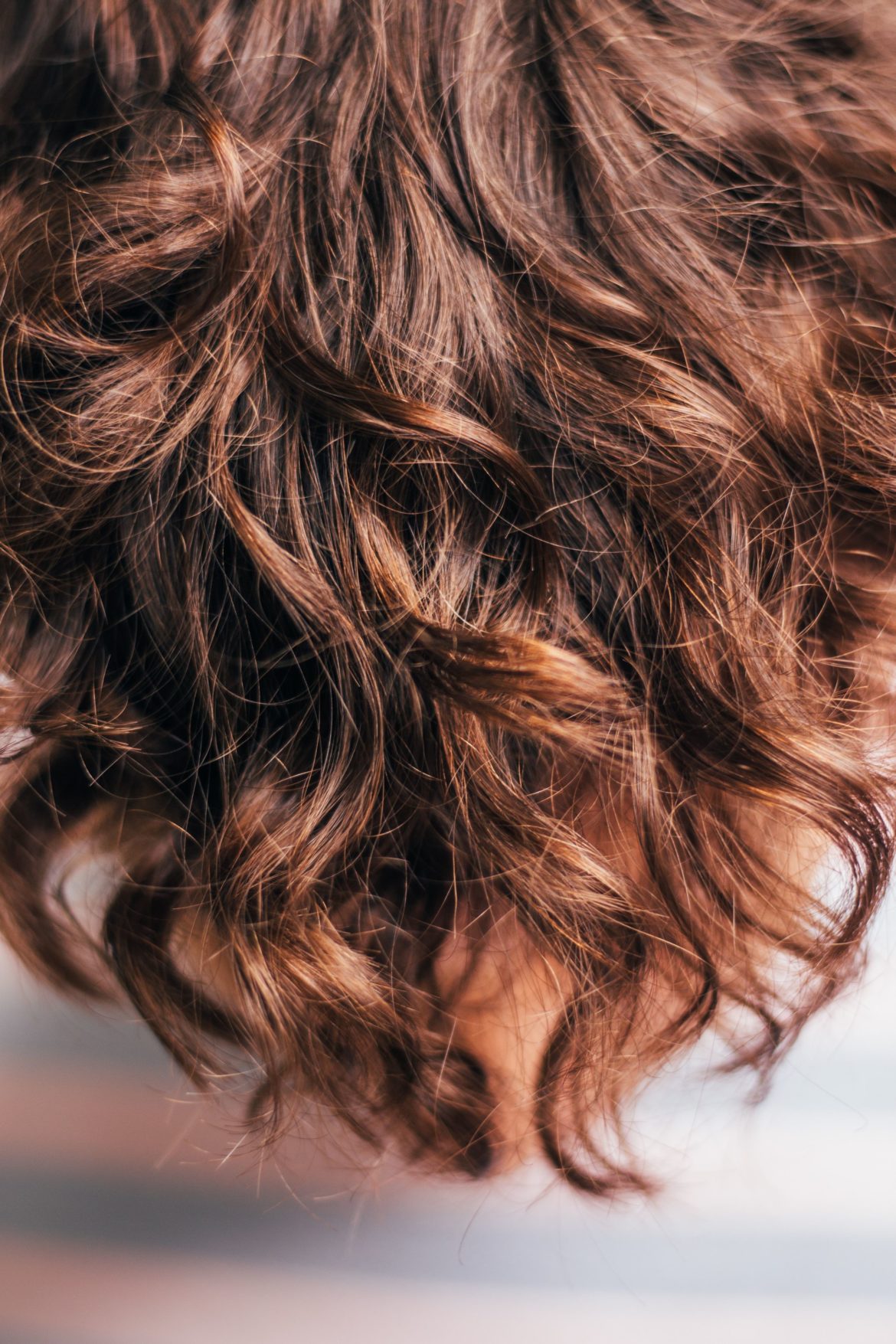Hair transplant – the course of the procedure, side effects and contraindications.
Hair transplantation is a procedure that allows you to completely change your appearance. With the help of hair transplantation, people who have problems with baldness, large hair loss due to disease or hair thickness will be able to enjoy a lush hairstyle again. During the procedure, a set of follicles is removed and implanted in a designated area that is hairless. The whole procedure is simple and completely painless, and it does not require a long recovery period. For this reason , hair transplantation is more and more often chosen procedure, especially by men.
Why is my hair falling out anyway?
Alopecia is caused by disorders caused by improper care, illness, poor diet, and often stress. A very common cause is the harmful effects of male hormones. Testosterone in the blood, through the action of enzymes, converts into DHT, which destroys the hair follicles. Only the hair follicles on the occiput are insensitive to such adverse effects. For this reason, the right amount of hair for transplantation is collected from the back of the head. The hair is also resistant to falling out. Women can also struggle with androgenetic alopecia. This is due to the lack of estrogens, in women, hair thinning occurs primarily on the top of the head and around the forehead.
The course of the hair transplant surgery
Hair transplantation can be performed in several ways. Regardless of the method chosen, the line of new hair distribution should be determined, which is marked on the skin before the treatment. The procedure is performed under local anesthesia. Most often, the hair follicles are taken from the patient’s back. Implants are made of them, which are later implanted in the patient according to the selected technique. A well-known method of performing hair transplantation is microimplantation.
What is microimplantation?
During such a procedure, a specialist implants microimplants with a diameter of 0.6 to 0.9 mm into the skin. These implants are implanted in a natural system so that the effect is as satisfactory as possible. There is a distance of approx. 1 mm between the implanted implants. Thanks to this method, the patient obtains beautiful and natural-looking hair.
Smart Graft
It is a fully automated hair implantation method, carried out through a special device. The hair for transplantation is quickly collected and the implants are placed in the patient’s skin. It is an extremely precise method, and the entire procedure is efficient and short.
The great advantage of hair transplantation is that it is a minimally invasive procedure. In fact, one week after the transplant, you can return to your daily activities. There is no recovery period. However, you should remember to follow certain medical recommendations after the hair transplant has been performed. The patient is given an ointment with an antibiotic to lubricate the morning after surgery, and painkillers. The patient should cool the scalp swollen after transplantation with gel dressings. You have to wait a few days before washing your hair, and for this purpose only use delicate shampoos.
Who is the hair transplant not recommended for?
Hair transplantation should not be performed in people suffering from chronic skin diseases and alopecia areata. Alopecia areata is a chronic autoimmune disease in which the human body considers hair a foreign factor and removes the hair follicles. Thus, up to bald patches on the head are formed. Hair transplantation in the case of a patient with alopecia areata does not make any sense, because such hair will not stay on the skin.
Time after hair transplant surgery
After the procedure, first of all, patients will feel pain or soreness at the site of the transplant and in the place where the doctor took the hair follicles for transplantation. For the next few days, usually use painkillers and antibiotics to prevent possible infections. Often, patients also need to take oral steroid anti-inflammatory drugs to relieve swelling. Another preparation taken after a hair transplant is a drug that stimulates hair growth. It is worth getting acquainted with all the doctor’s recommendations and strictly follow them.
Possible complications after the procedure
First of all, patients often struggle with keloids, especially if the STRIP method was used for the transplant. Unfortunately, this side effect cannot be avoided in any way by selecting a given procedure or using a medicine.
Side effects that may still occur are:
- bleeding
- loss of sensation around surgical sites
- inflammation of follicle
- itching and swelling of the head
- Headache
- drainage of crust or pus around treated areas
- infections
- progressive hair loss
- areas of hair that do not match the others
Contraindications for the hair transplant procedure:
- significant hormonal disorders in women
- advanced diabetes
- tumors
- cardiovascular disease
- alopecia areata
- baldness taking up most of the head





